Fotoreportage: Erfgoed RUG wereldwijd toegankelijk
Wat hebben foto’s van archeologische opgravingen gemeen met boeken in het Gronings? Of een handgetekende kaart uit de late middeleeuwen met een goniometer uit het depot van het Universiteitsmuseum? Dat ze onderdeel zijn van de rijke geschiedenis en collectie van de RUG. Maar ook dat ze binnenkort online te bekijken en bestuderen zijn. De RUG digitaliseert met het project Spotlight meer dan 100.000 objecten uit haar erfgoed. Deze fotoreportage toont een deel van het werk achter de schermen.
Spotlight. De naam suggereert aandacht voor een paar hoogtepunten uit de rijke RUG-collectie. In werkelijkheid gaat het al snel om zo’n 100.000 objecten, verdeeld over zes deelprojecten. Open stellen, toegankelijk maken voor mensen buiten de universiteit, voor iedereen… Het zijn woorden die vaak voorbijkomen tijdens een rondgang langs het werk voor Spotlight. Dát is wat de deelnemers aan deze grote digitaliseringsoperatie - studenten, vrijwilligers, projectleiders - drijft: materiaal beschikbaar maken, zodat anderen ervan kunnen genieten, of zelfs nieuw onderzoek kunnen doen. Want digitalisering is veel meer dan openstellen voor publiek. Het levert nieuwe inzichten op, en nieuwe onderzoeksmogelijkheden. ’We helpen onderwijs en onderzoek vooruit. Het materiaal is waardevoller als het gebruikt wordt.’
Precisiewerk
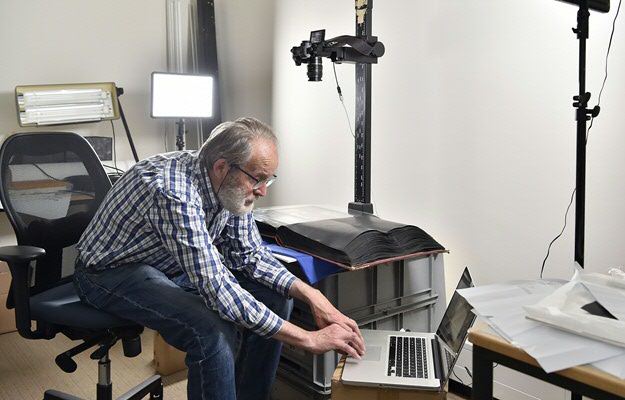
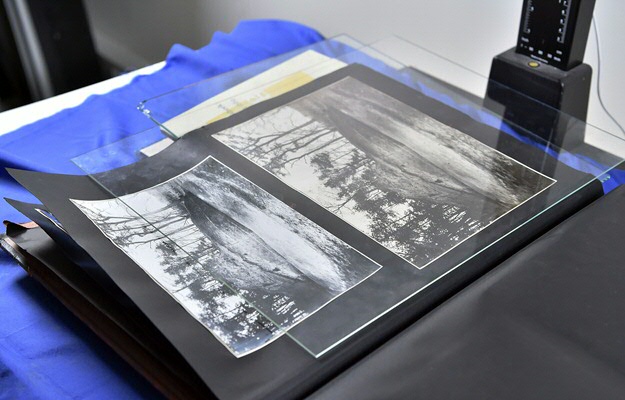
In een kleine donkere ruimte boven in de UB werkt Dirk Fennema aan het digitaliseren van foto’s van opgravingen van honderd jaar geleden, waar geen negatieven van zijn. Op een geïmproviseerde tafel ligt een groot boek met zwarte kromgetrokken bladzijden met ingeplakte foto’s. Een glazen plaat op een foto zorgt ervoor dat deze plat blijft. Twee grote felle foto-ledlampen staan gericht op het boek, met daarboven aan een statief hangend een camera, naar beneden gericht. Een computerscherm naast de opstelling toont de gemaakte foto. Met rasterlijnen kan Fennema zien of deze recht is. Een kleurcoderingssysteem zorgt ervoor dat de foto exact zo wordt gefotografeerd als hij nu is.
Nieuw inzicht in oude opgravingen
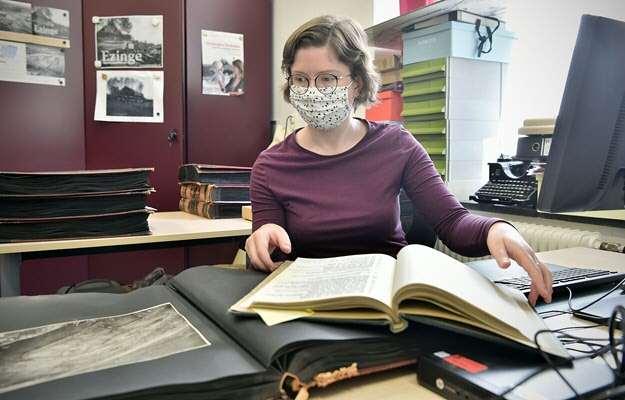
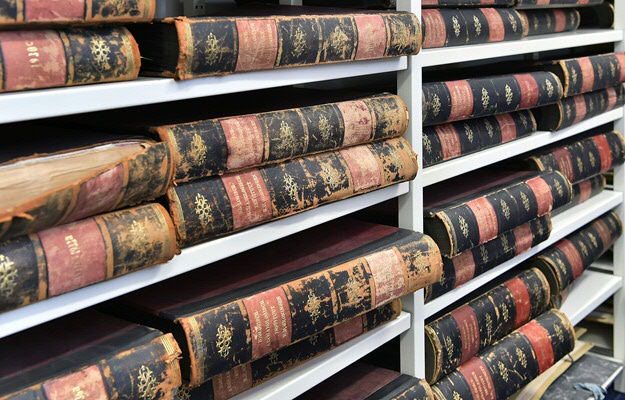
54 dikke boeken met foto’s van opgravingen staan er bij het GIA. Grote, oude foto’s, die nog een glasplaat als negatief hebben. Ze worden gedigitaliseerd en door student-assistent Rhea Buijs voorzien van een beschrijving en andere data. De foto’s zijn straks megagroot: rond de 500 MB per stuk. Dat levert vele mogelijkheden op om in te zoomen en een archeologische site opnieuw te bekijken en te onderzoeken. Kirsten van der Ploeg van het GIA: ’Dit is voor archeologen niet slechts een foto. Dit is een bron, het zijn onderzoeksdata. Je kunt daar straks nieuw onderzoek mee doen. Er zijn zoveel foto’s gemaakt die mensen nooit zien. We willen ze straks publiceren met een Creative Commons licentie. Dat past binnen het Open Science beleid van de RUG.’
Kaarten en boeken van voor 1614
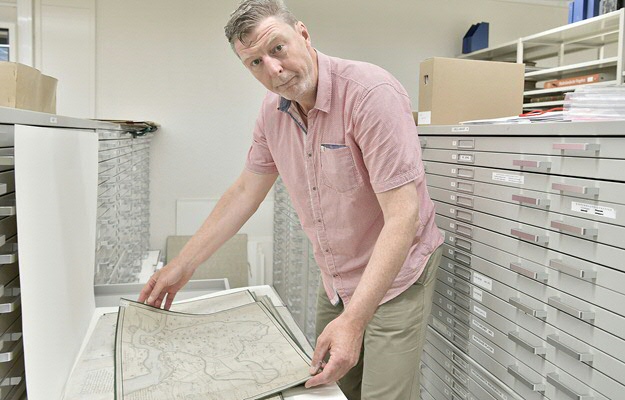
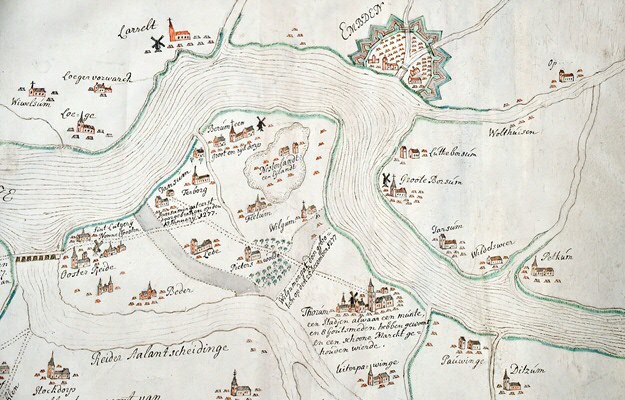
Kaarten, gedrukte en handgeschreven boeken... Al het materiaal in de UB van vóór 1614 wordt hier gedigitaliseerd. Zo’n 5.000 objecten, schat Adrie van der Laan, conservator Bijzondere Collecties. Waarom 1614? Van der Laan: ’Vooral omdat we daarmee kunnen laten zien hoe rijk het intellectuele leven hier al was voor de oprichting van de RUG, in 1614. De stichting van de RUG is daar als het ware een bekroning van.’ Hij trekt een la open met een kaart van het Oldambt, van voor de stormvloeden die dorpen zouden wegvagen en de Dollard deden ontstaan. ’Helemaal handgetekend, zo’n exemplaar is uniek. Als het straks digitaal is willen we dit koppelen aan andere media, zodat mensen meer inzicht krijgen in de geschiedenis van de regio. Hier is zoveel dat mensen interesseert. En op dit moment maken nog te weinig mensen gebruik van deze schatten.’
Websites archiveren
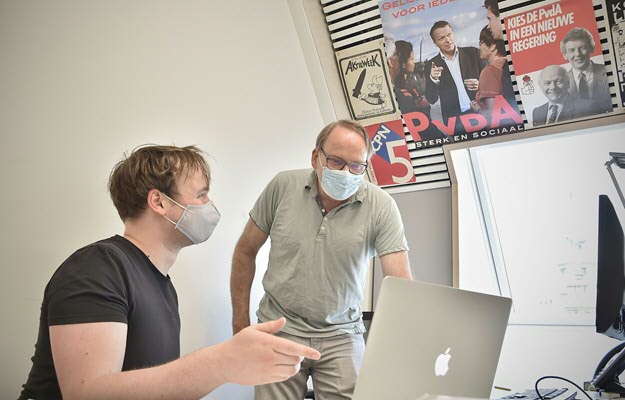
Voor het Documentatiecentrum Nederlandse Politieke Partijen (DNPP) werken twee student-assistenten aan het archiveren van politieke websites. Ze implementeren een systeem om websites van politieke partijen te archiveren. Tegelijkertijd worden oude archieven omgezet in een nieuwe, open, standaard. Een puzzel, want de oude archieven zijn met verschillende softwareversies gemaakt. Hiervoor moeten de student-assistenten zelf een converteringstool schrijven.
Groninger taal vastleggen
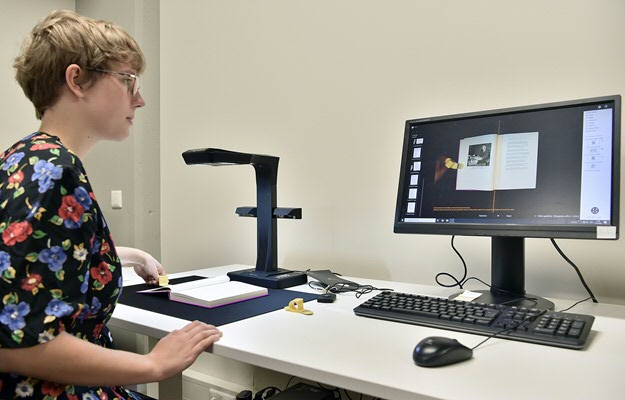
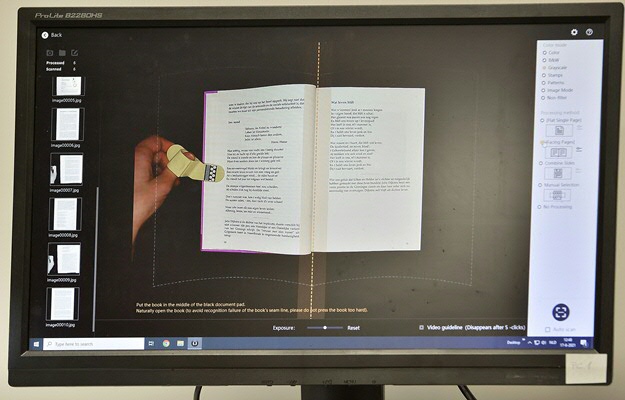
Het Centrum voor Groninger Taal en Cultuur digitaliseert 800 Groninger boeken, vanaf de 18e eeuw tot nu. Met een klik op een voetpedaal scannen student-assistenten, zoals hier Hedwig Sekeres, en vrijwilligers de werken, waarna de afbeelding wordt omgezet in computertekst. Na controle van eventuele fouten in de digitale tekst en het toevoegen van metadata ontstaat zo een corpus, een digitale database van het Gronings, die inzicht geeft in het gebruik en schrijfwijze van woorden en in de verandering van taal door de eeuwen heen.
Een goniometer voor de lens in het depot van het Universiteitsmuseum
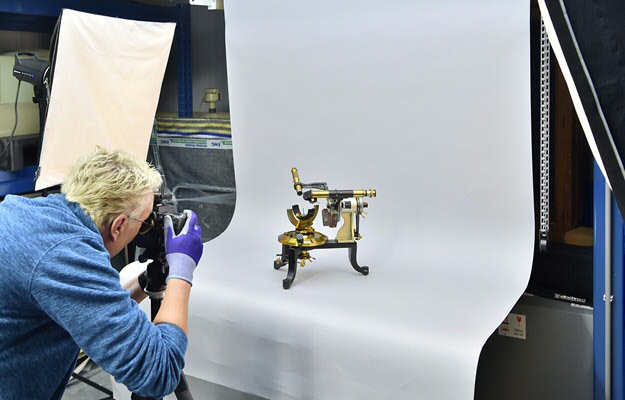
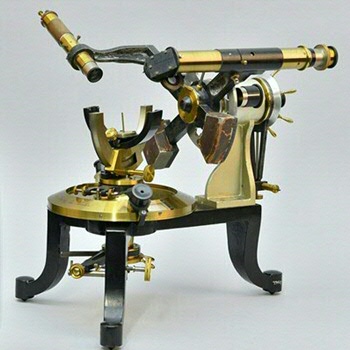
Geen foto’s of teksten bij het depot van het Universiteitsmuseum… Hier fotografeert Ciska Ackermann kleine én grote objecten om ze beter te kunnen catalogiseren en digitaal beschikbaar te maken. Of het nou gaat om een speer, een steen of een microscoop, alles wordt stuk voor stuk voorzichtig met een karretje naar de plek toegereden waar Ackermann fotografeert. Nu is het de beurt aan deze goniometer van professor Van Calker. Daarmee kon de mineraloog de kristalsoort bepalen, aan de hand van de hoeken van het kristal die met behulp van licht en weerkaatsing hiermee te meten zijn. Van Calker kocht de meter in 1902 voor ongeveer 400 gulden. Bijna een maandloon voor een hoogleraar destijds. Een afschrift van het aankoopbonnetje is zelfs bewaard gebleven in het Dagregister van het voormalig Mineralogisch-Geologisch Instituut.
Tekst: Eelco Salverda, afd. Communicatie RUG / Foto's: Elmer Spaargaren
